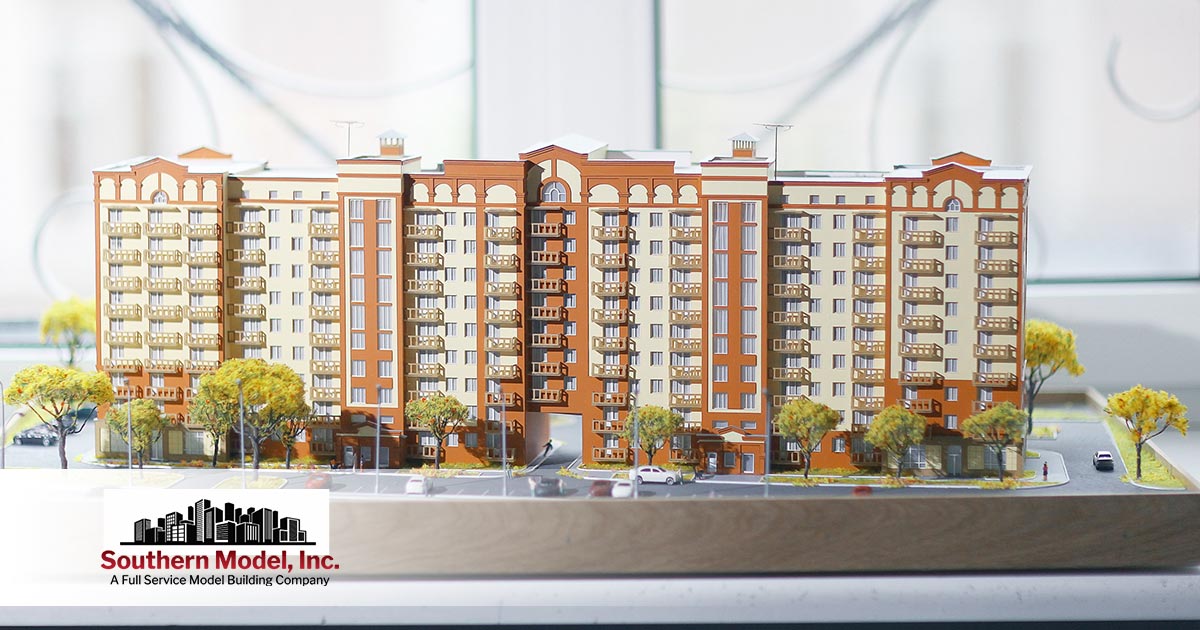
In the world of architecture, one of the most important tools is the architectural model. Of course, it is important to make sure that users get as much out of this architectural model as possible. There are a few key points in mind to make sure that every architectural model is built to match its purpose.
What is the Purpose of an Architectural Model?
When it comes to architectural models, there is a range of purposes that they serve. This largely depends on the type being employed. Some of the most common types include:
- Ad Hoc Models: These are also called sketch models. They are made to study how volumes and various viewpoints might interact when conceptualizing the design process.
- Presentation Models: Presentation models are usually employed to exhibit, visualize, or sell a specific design or product. This is also used as a showpiece, helping to scale down a featured building (or portion of a building). Finally, presentation models are also commonly found in museums.
Some of the other types of models include urban, engineering, exterior, and interior models. When it comes to designing a strong architectural replica, it is important to use the right materials as well.
What Materials are Used to Make Architectural Models?
There are a variety of materials that can be used to make an architectural model. Some of the most common materials that are used for study models include:
- Cardboard
- Wooden blocks
- Foam
- Foam boards
- Polystyrene
For those who are looking to make a 3D architectural scale, space foam is the preferred material of architects and interior designers.
Anyone who is looking to make period-specific architectural models might use materials such as:
- Balsa Wood
- Basswood
- Card Stock
- Other common, cost-effective wood materials
Taskboard is a common favorite.
Finally, there are also some companies that produce ready-made materials that have been specifically designed for architecture. These include scenery elements such as figurines, trees, vehicles, street lights, and more to complete the piece and provide a more comprehensive feel.
What are Standard Architectural Scales?
When it comes to building architectural models, one of the most important tools is the scale. The scale is the proportion to which the piece has been shrunk when compared to the actual building or structure. Some of the most important scales include:
- 1:1 scale – a full, real-sized model that is used to demonstrate sharp details.
- 1:2, 1:5 scale – used to show details.
- 1:10, 1:20, 1:50 scale models – used for interior spaces that need to show furniture (which is ideal for floor plans and different floor levels).
- 1:200, 1:500 scale models – used for building plans and layouts.
- 1:1000, 1:1250, 1:2500 scale models – Used for looking to plan urban sprawl and cities
- 1:5000 scale models – used for larger, metropolitan cities as well as entire islands
When coming up with an architectural replica, it is important to choose the right scale. With the correct scale, the right amount of detail and structure can be shown. Furthermore, labeling the scale appropriately can help the viewers better understand exactly what they are seeing as they look at the architectural model.

How to Build Architectural Models
When it comes to building one in a complete manner, it is important to understand how to build one from start to finish. There are a few important tips that everyone should follow.
- First, gather all of the materials for the project ahead of time. By having all of the materials ready to go, people will not have to take breaks and disrupt their thinking to get a material they might have overlooked or to restock a specific material.
- Next, before building the piece itself, there are a few questions that need to be answered. Think about who it is for, what the purpose of the piece is, what the budget is, what the appropriate scale is for the architectural replica, and whether an entire piece is being built or a specific section.
- In addition, try to keep it clean and bright. Try to avoid having too much glue on the outside, as this will detract from the model itself. Furthermore, always present an architectural model in the right lighting, as this will make the right portions stand out.
- Finally, always create a template ahead of time. These templates and guides are a great way to avoid repeating certain steps. Templates are also key for working on specific portions such as doors, sill heights, and more.
Following these tips will help you build the right architectural model for your needs. An architectural model is a great way to provide an audience with a comprehensive overview of a building or structure.
